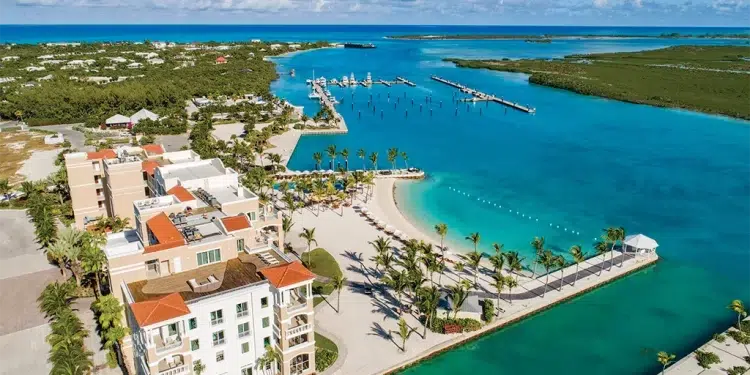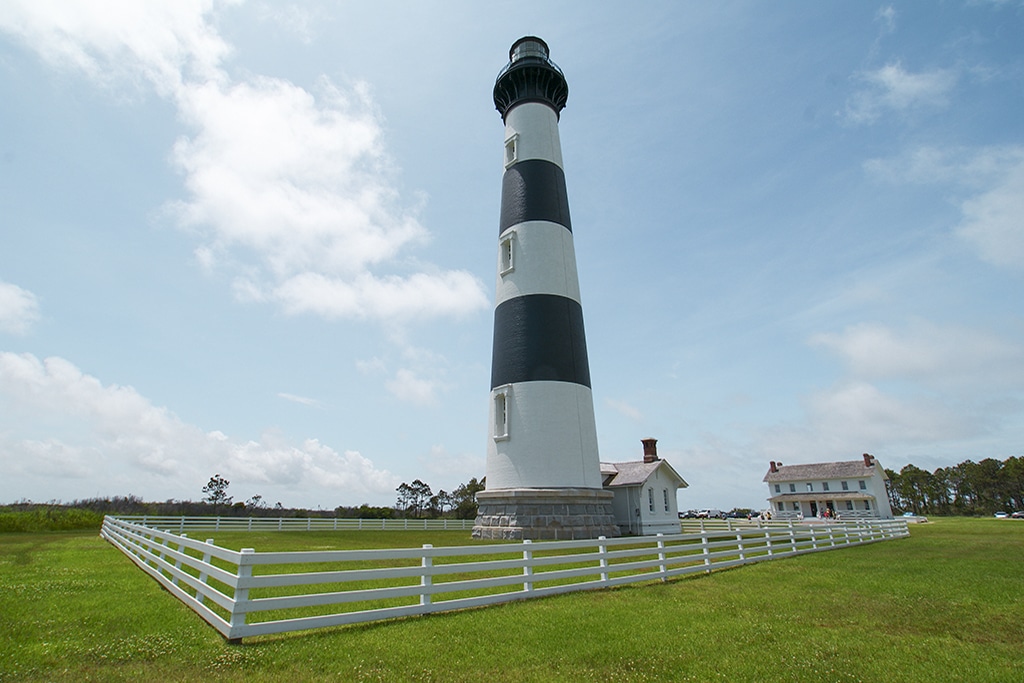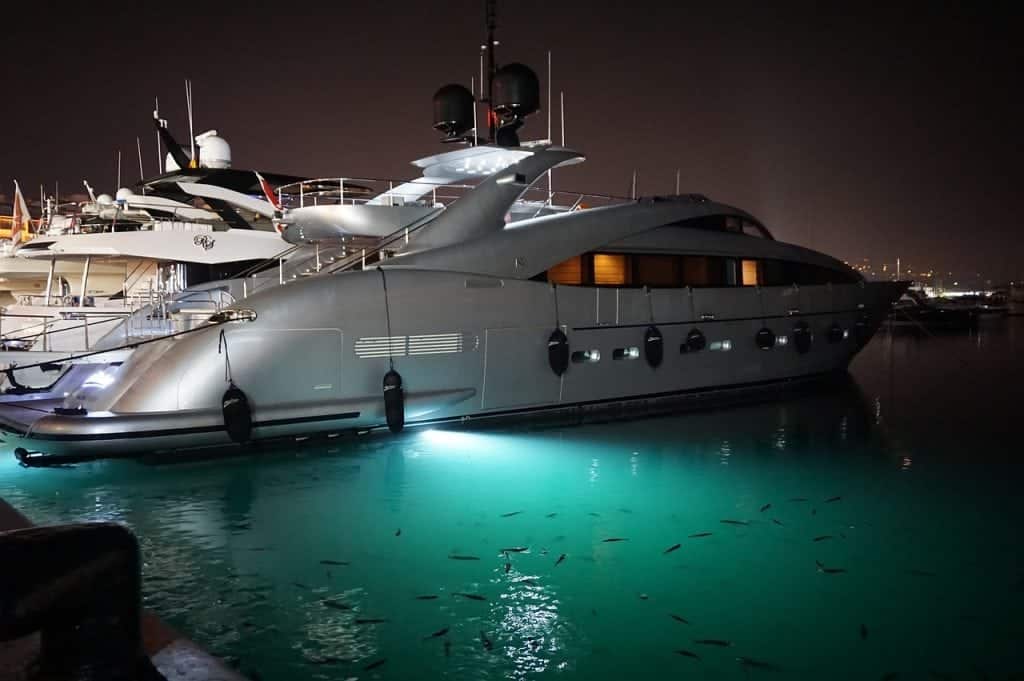The Turks and Caicos may just be a small archipelago, but there is so much to do.
It’s easy to get to the Turks and Caicos. Just hug the west side of the Bahamas in a southeasterly direction and you’ll run right into them. You’ll have to keep an eye out, though, because the Bahamas islands don’t just line up like a highway lane, and there’s a lot of water to cross once you pass Acklins Island, not to mention any weather. Of course, you could always take to the air. There are many flights, including direct, not only from the Caribbean, but also from major cities along the U.S. Eastern Seaboard, Canada, and London, England. Whether you anchor in a bay or stay in a luxury resort, the Turks and Caicos have more to offer than one might believe.
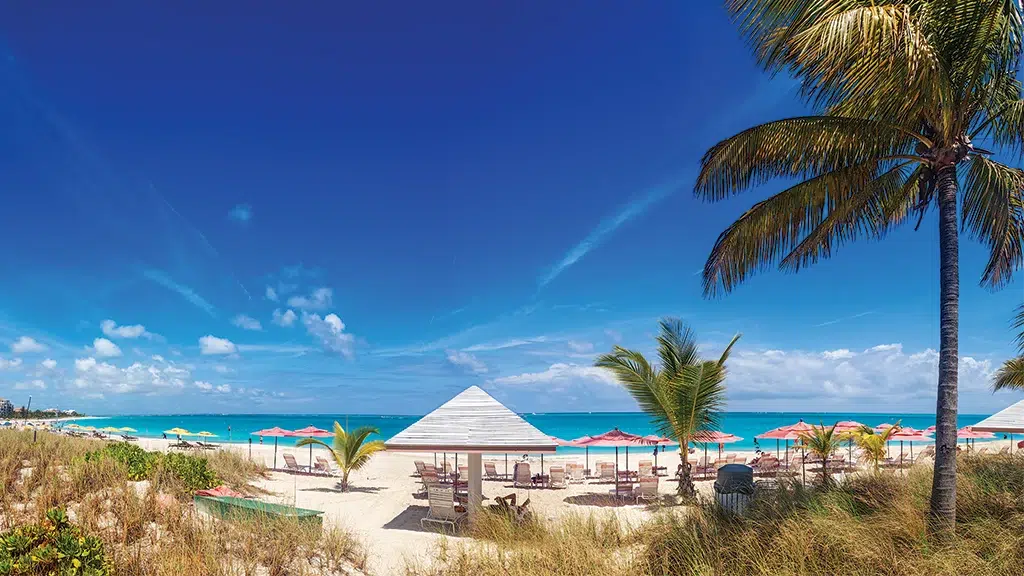
The Setup
The Turks and Caicos are a British Overseas Territory made up of about 40 islands, eight of which are inhabited. Because the islands are located just south of the Bahamas chain, they are still in the tropical Atlantic and not part of the Caribbean. The islands, especially Providenciales, are the perfect spot for yachts to stopover, refuel, and reprovision.
“The provisioning on the island is comparable to a U.S. grocery store along with a couple of specialty wine stores,” says a rep at South Bank Marina and Boat Yard. Providenciales is halfway between Florida and Puerto Rico, and there are a number of marinas and harbors that offer services from haul-out repairs, fuel, and dock space to restaurants and lodging.
Like the Bahamas, though, the shallows of the southern Lucayan Archipelago that provide the awesome water colors can be tricky for navigation. The Caicos Bank is surrounded by an expansive and vibrant barrier reef, including many reefs on the bank close to the islands. The barrier reef is one of the largest in the Western Hemisphere. Needless to say, snorkeling and diving are
a main attraction.
Undoubtedly, the ocean depths quickly become shallow as you approach the bank, so be aware. The bank’s depth averages less than 20 feet. In comparison, the depths can reach around 12,000 feet between the Dominican Republic and the Caicos Bank, and the Turks Island Passage that separates the Caicos and Turks islands has depths of nearly 6,500 feet. Those transitions offer some great fishing opportunities.
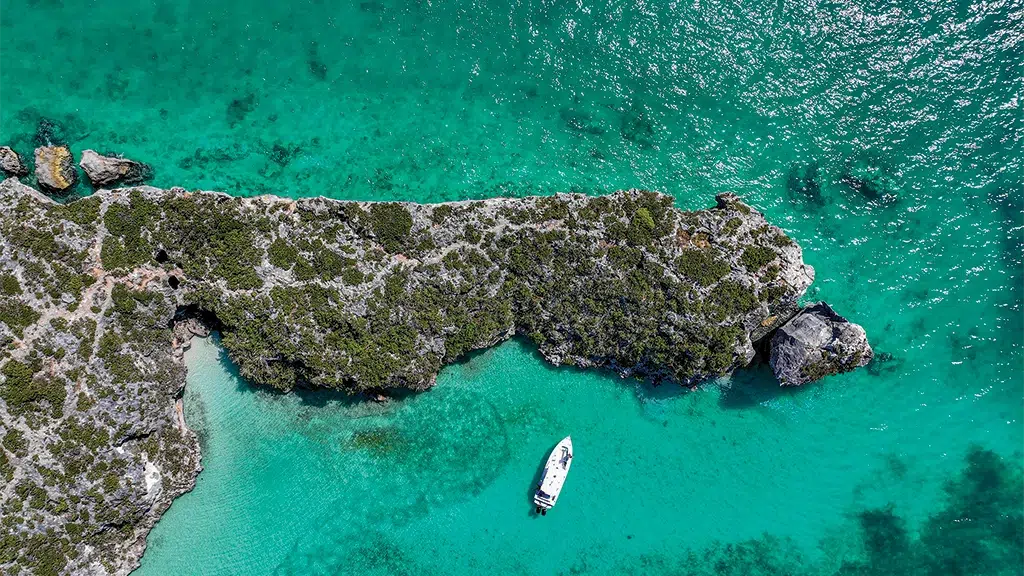
Approaching the Turks and Caicos Islands
Providenciales, also known as Provo, is home to the majority of the Turks and Caicos population and, as such, has the largest concentration of marinas, resorts, shops, and restaurants. The barrier island is approachable from the north and the south, but as mentioned, navigation can be tricky.
“Navigation aids are not always reliable, and shifting sands and submerged rocks and reefs are just some of the hazards,” advises the Waterway Guide, suggesting that daylight travel with sunlight and good weather is best.
The Blue Haven Marina, an IGY marina, is approached through the Leeward Cut, a fairly direct route that travels past the nature reserve islands of Little Water Cay and Mangrove Cay. The marina can accommodate yachts up to 200 feet and is paired with the Blue Haven Resort and its amenities, such as a private beach, infinity pool, bars, and restaurants. You can anchor south of the marina with good holding in 7-12 feet mean low water (MLW).
Subscribe For Weekly Updates
Turtle Cove Marina is approached by a more complex and tighter route through Sellars Cut. The two-mile-long route is fairly well marked, but it’s suggested that boats stay in the middle of the channel.
Both cuts are susceptible to high ocean swells and winds from the north or east, but when in doubt, both marinas offer complimentary pilot assistance to guide you in.
Access the southside marinas when coming from the west through the Sandbore Channel. It cuts through the reef about two nautical miles from the northwest point of West Caicos and runs about two-and-a-half nautical miles. It’s a relatively straight path with a depth about 10-15 feet, but as the Waterway Guide suggests, “Favor the north side, which is better defined due to the blue deep-water road and the white of the sand bore.”
Once inside, Sapodilla Bay is a well-protected anchorage, or you can keep going to reach the South Bank Marina and Shipyard and the South Side Marina.
If you get a chance, climb Sapodilla Hill for an elevated view of the islands and rock carvings. The route into the southside marinas is scattered with coral heads and rocks, so call the marinas for guidance when navigating to their location.
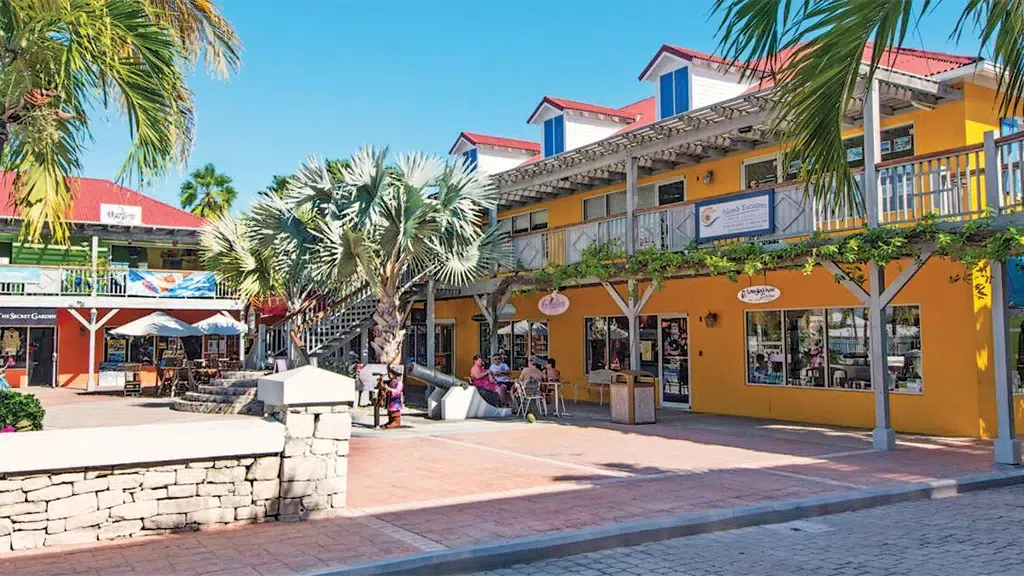
It’s important to have the most recent chart updates loaded or in hand. Having a guide book, such as the Waterway Guide, is beneficial because there is more information about the destination, the routes, marinas and anchorages, weather, requirements, things to do, and what’s ashore than what’s found on the chart alone. Plus, the Waterway Guide is available as an app on your mobile device. Flow and Digicel provide coverage in the islands.
There are minimal services on the islands of North Caicos, Middle Caicos, and South Caicos, as the depths are limiting and the population is sparse. There are not a lot of facilities for cruising boats in South Caicos, but groceries and fuel are available in Cockburn Harbour, and SeaView Marina can accommodate yachts up to 100 feet, but is primarily for smaller vessels. It’s also a good staging point to head over to Grand Turk.
The Turks are exposed to the Atlantic Ocean and is not considered a cruising ground. It is an entry/exit point, but if it’s a cruise ship day, you may be waiting a while to check in. Most of the cruise ship companies stop at the Grand Turk Cruise Center owned and operated by Carnival Cruise Line.
There are National Park anchorages off Cockburn Town, and if you do manage to go ashore, there are numerous attractions worth checking out.
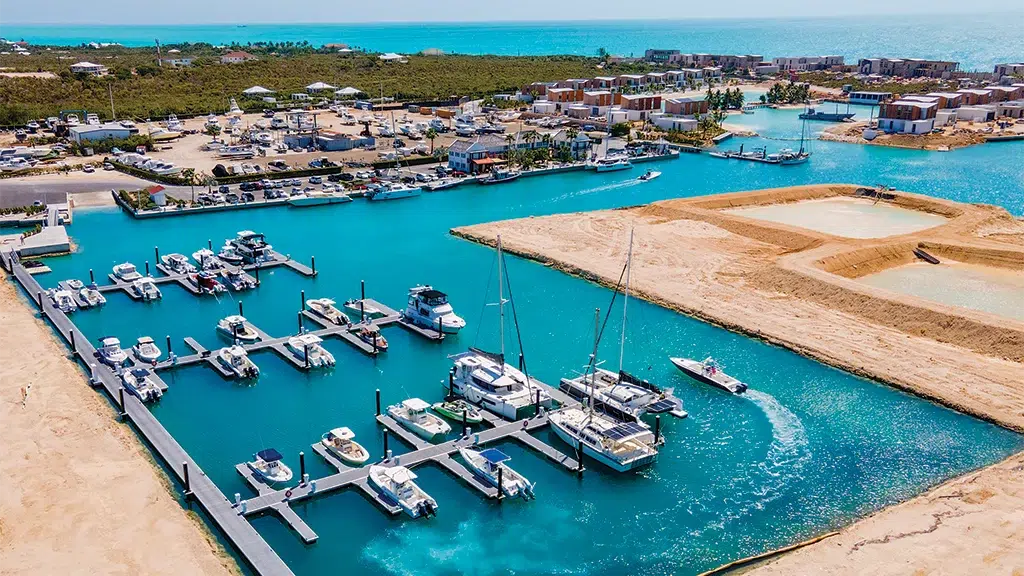
Once You’re In
Safely docked or anchored, there is much to explore in the Turks and Caicos. Cockburn Town on Grand Turk is the government seat for the Turks and Caicos and was once the home of a U.S. Air Force center that aided in the recovery of space capsules after splashdown, including John Glenn’s Friendship 7 in 1962. The surrounding ocean is where all the capsules returned during the U.S. space program’s early days. Grand Turk is also the home of the Turks and Caicos National Museum and the Grand Turk lighthouse, which was completed in 1852 and stands 60 feet tall.
If your visit is via a cruise ship, the Grand Turk Cruise Port has plenty of shore excursion activities, including the Flowrider surf pool and a day trip to neighboring Margaritaville Grand Turk with its beach, pools, bars, restaurants, and shopping. There’s no public transportation, so if you want to tour around on your own, rent a car or hire a taxi, but the speed limit is only 20 mph.
The Turks and Caicos are primarily a beach destination, but they are renowned for reef diving, snorkeling, water sports, and watching humpback whales during their migration between December and April. Then there’s fishing on and off the bank for bonefish, bottom fish, and blue-water fish. How about exploring the Conch Bar Caves or paddling over the Ocean Hole off Middle Caicos? The Ocean Hole is 250 feet deep which creates a deep-blue color in the sandy turquoise shade of the shallow bank. North Caicos has Cottage Pond, another 250-foot deep blue hole that is more of a scenic pond than a swimming hole; however, it’s good for bird watching and is easily accessible. Another smaller sinkhole at 60 feet deep is found on Providenciales in Long Bay, but is in its natural state, so there are no facilities and requires caution when viewing.
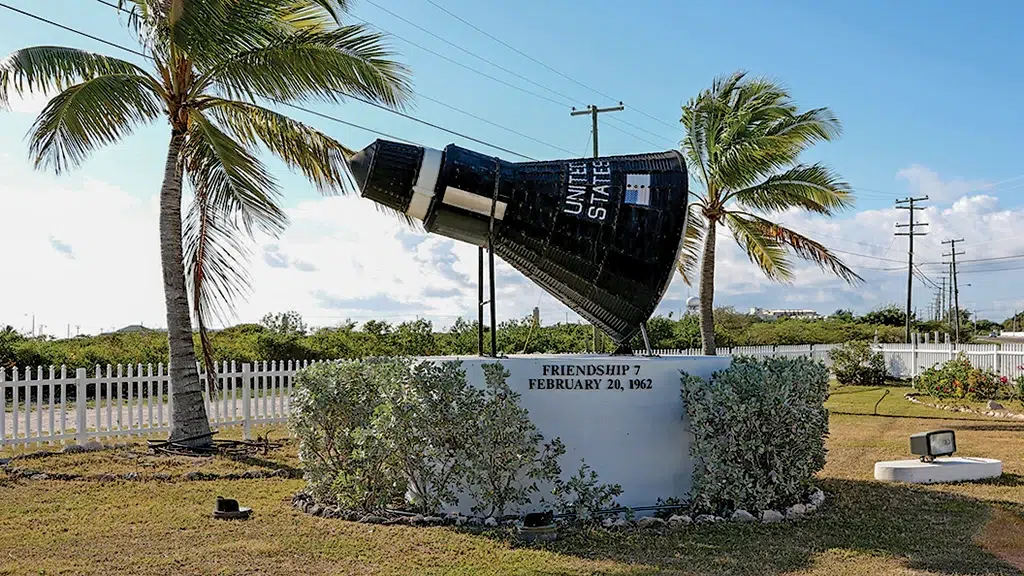
There are 11 national parks, 10 wetlands, nine nature reserves, seven historical sites, and four sanctuaries throughout the Turks and Caicos. Charter excursions are limited to the parks on North and Middle Caicos primarily because of the shallow drafts and limited support staff. Big Blue Collective is an eco-tour operator with a fleet of kayaks, paddleboards, and small-group adventure boats that can arrange customized outings.
Some of the best beaches are on Providenciales, including Sapodilla, Grace Bay, Turtle Tail, and Leeward Beach to name a few. In fact, Providenciales has beaches on all sides with Grace Bay hosting most of the hotels, resorts, and villas. And that list is just as long. The Blue Haven Resort is a luxury all-inclusive resort on Leeward Beach. Beaches Turks and Caicos is on Grace Bay.
If you decide to stay awhile, make Providenciales your home. The South Bank Marina and Shipyard is part of Windward Development’s South Bank. Managed by Grace Bay Resorts, real estate is available in four unique neighborhoods.
There is so much to do in the Turks and Caicos, so before you go, check your charts and guidebooks if arriving by sea. Get your passports ready, and take a look at visittci.com for everything there is to see and do, including all the restaurants that have their own long lists.
-by Pamela Stephens


